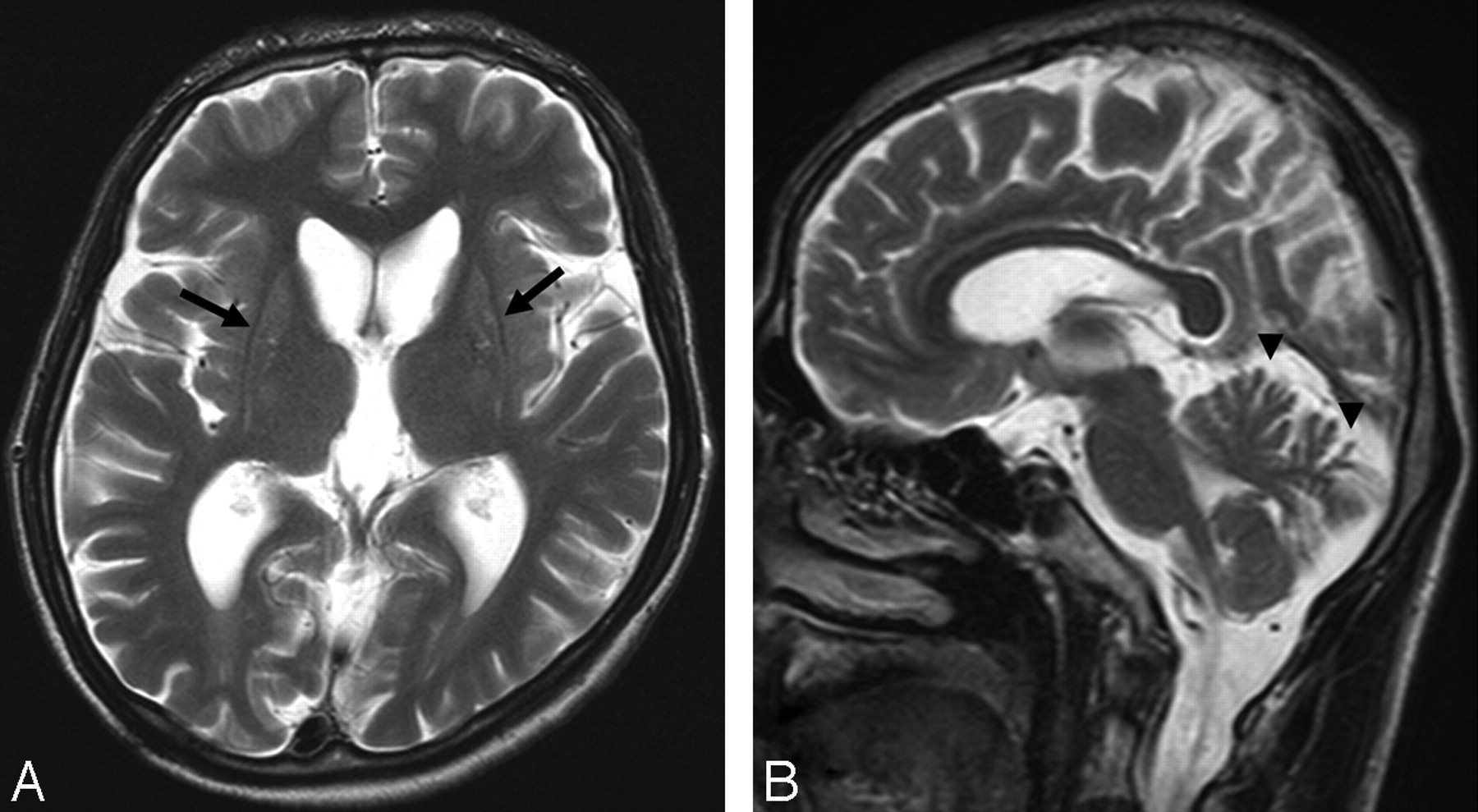
Wagner's Disease is a rare genetic disorder affecting the eyes, leading to progressive vision loss. Named after Hans Wagner, who first described it in 1938, this condition primarily impacts the vitreous, retina, and other eye structures. Symptoms often include night blindness, floaters, and retinal detachment. Caused by mutations in the VCAN gene, Wagner's Disease is inherited in an autosomal dominant pattern, meaning a single copy of the altered gene can cause the disorder. Early diagnosis and regular monitoring are crucial for managing symptoms and preventing complications. Treatment options focus on addressing specific symptoms, as there is no cure. Understanding Wagner's Disease can help those affected and their families navigate the challenges it presents.
Key Takeaways:
- Wagner's Disease is a rare genetic disorder that affects the eyes, causing progressive vision loss. Early diagnosis and regular eye exams are crucial for managing the disease effectively.
- Research and ongoing studies offer hope for better treatments and a potential cure for Wagner's Disease. Collaboration among researchers and participation in clinical trials are key to advancing knowledge and finding new therapies.
What is Wagner's Disease?
Wagner's Disease, also known as Wagner Syndrome, is a rare genetic disorder that affects the eyes. It can lead to progressive vision loss and other complications. Understanding this condition can help those affected and their families manage it better.
-
Wagner's Disease is a genetic disorder. It is inherited in an autosomal dominant pattern, meaning one copy of the altered gene in each cell is sufficient to cause the disorder.
-
The condition is named after Dr. Hans Wagner, who first described it in 1938. His research laid the foundation for understanding this rare disease.
-
Mutations in the VCAN gene cause Wagner's Disease. This gene provides instructions for making a protein involved in the structure of the eye.
-
The disease primarily affects the vitreous humor, the clear gel that fills the space between the lens and the retina in the eye.
-
Symptoms often appear in childhood or adolescence. Early detection is crucial for managing the disease effectively.
Symptoms of Wagner's Disease
Recognizing the symptoms of Wagner's Disease can lead to early diagnosis and better management. Here are some common signs to watch for.
-
Progressive vision loss is a hallmark symptom. This can start in childhood and worsen over time.
-
People with Wagner's Disease often experience night blindness. Difficulty seeing in low light conditions is common.
-
Floaters in the vision are another symptom. These are small, dark shapes that float across the field of vision.
-
Retinal detachment can occur. This serious condition requires immediate medical attention to prevent permanent vision loss.
-
Cataracts are common in individuals with Wagner's Disease. These cloud the lens of the eye, leading to blurry vision.
Diagnosis of Wagner's Disease
Diagnosing Wagner's Disease involves several steps. Early and accurate diagnosis can help manage symptoms and prevent complications.
-
Genetic testing is the most definitive way to diagnose Wagner's Disease. It can identify mutations in the VCAN gene.
-
Ophthalmologic exams are crucial. These exams can detect changes in the vitreous humor and other eye structures.
-
Family history plays a significant role. A detailed family history can help doctors identify patterns of inheritance.
-
Electroretinography (ERG) tests the electrical responses of the retina. Abnormal ERG results can indicate retinal dysfunction.
-
Optical coherence tomography (OCT) provides detailed images of the retina. This can help detect structural changes in the eye.
Treatment and Management
While there is no cure for Wagner's Disease, various treatments can help manage symptoms and improve quality of life.
-
Regular eye exams are essential. Frequent check-ups can help monitor the progression of the disease.
-
Surgery may be necessary for retinal detachment. Prompt surgical intervention can prevent further vision loss.
-
Cataract surgery can improve vision. Removing the cloudy lens and replacing it with an artificial one can help.
-
Low vision aids can be beneficial. Devices like magnifying glasses and special lenses can help those with vision loss.
-
Genetic counseling is recommended for affected families. It can provide information about the risks and implications of the disease.
Living with Wagner's Disease
Living with Wagner's Disease can be challenging, but understanding and support can make a significant difference.
-
Support groups can offer emotional support. Connecting with others who have the disease can provide comfort and advice.
-
Education and awareness are crucial. Understanding the disease can help affected individuals and their families cope better.
-
Adaptive technologies can improve quality of life. Screen readers, voice-activated devices, and other technologies can help those with vision loss.
-
Healthy lifestyle choices can support overall well-being. A balanced diet, regular exercise, and avoiding smoking can benefit eye health.
-
Regular follow-ups with healthcare providers are important. Continuous monitoring can help manage symptoms and prevent complications.
Research and Future Directions
Ongoing research is vital for understanding Wagner's Disease better and developing new treatments.
-
Gene therapy is a promising area of research. Scientists are exploring ways to correct the genetic mutations that cause the disease.
-
Stem cell research offers potential. Stem cells could be used to repair or replace damaged eye tissues.
-
Clinical trials are ongoing. Participating in trials can provide access to new treatments and contribute to scientific knowledge.
-
Patient registries help researchers. Collecting data from individuals with Wagner's Disease can improve understanding and treatment.
-
Collaboration among researchers is key. Working together can accelerate the development of new therapies.
Interesting Facts About Wagner's Disease
Here are some intriguing facts that highlight the uniqueness and complexity of Wagner's Disease.
-
Wagner's Disease is extremely rare. It affects fewer than 1 in 1,000,000 people worldwide.
-
The disease can vary widely in severity. Some individuals may have mild symptoms, while others experience significant vision loss.
-
No two cases are exactly alike. The symptoms and progression of the disease can differ even among family members.
-
Early diagnosis can make a big difference. Identifying the disease early can help manage symptoms and prevent complications.
-
Research is ongoing. Scientists continue to study Wagner's Disease to find better treatments and ultimately a cure.
Famous Cases and Awareness
Raising awareness about Wagner's Disease can help those affected and promote research.
-
Public figures with the disease can raise awareness. Sharing their stories can help educate the public and reduce stigma.
-
Awareness campaigns are important. These campaigns can provide information and support to those affected.
-
Social media can be a powerful tool. Platforms like Twitter and Facebook can help spread awareness and connect individuals.
-
Advocacy organizations play a crucial role. These organizations support research, provide resources, and advocate for those with the disease.
-
Educational materials can help. Brochures, websites, and videos can provide valuable information about Wagner's Disease.
Final Thoughts on Wagner's Disease
Understanding Wagner's Disease is essential for managing it effectively. Here are a few more facts to consider.
-
Regular monitoring is crucial. Keeping track of symptoms and changes in vision can help manage the disease.
-
Support systems are vital. Family, friends, and healthcare providers can offer essential support.
-
Hope for the future. Advances in research and technology offer hope for better treatments and a potential cure.
Final Thoughts on Wagner's Disease
Wagner's Disease, a rare genetic disorder, affects the eyes, leading to progressive vision loss. Understanding its symptoms, causes, and treatments can help those affected manage their condition better. Genetic mutations in the VCAN gene are the primary cause, and early diagnosis is crucial for effective management. Regular eye exams, genetic counseling, and staying informed about the latest research can make a significant difference. Though there's no cure, treatments like laser therapy and surgery can help maintain vision. Raising awareness about Wagner's Disease can lead to better support and resources for patients and their families. Knowledge is power, and staying informed empowers those affected to take control of their health. Keep learning, stay proactive, and support ongoing research to improve the lives of those living with Wagner's Disease.
Frequently Asked Questions
Was this page helpful?
Our commitment to delivering trustworthy and engaging content is at the heart of what we do. Each fact on our site is contributed by real users like you, bringing a wealth of diverse insights and information. To ensure the highest standards of accuracy and reliability, our dedicated editors meticulously review each submission. This process guarantees that the facts we share are not only fascinating but also credible. Trust in our commitment to quality and authenticity as you explore and learn with us.


